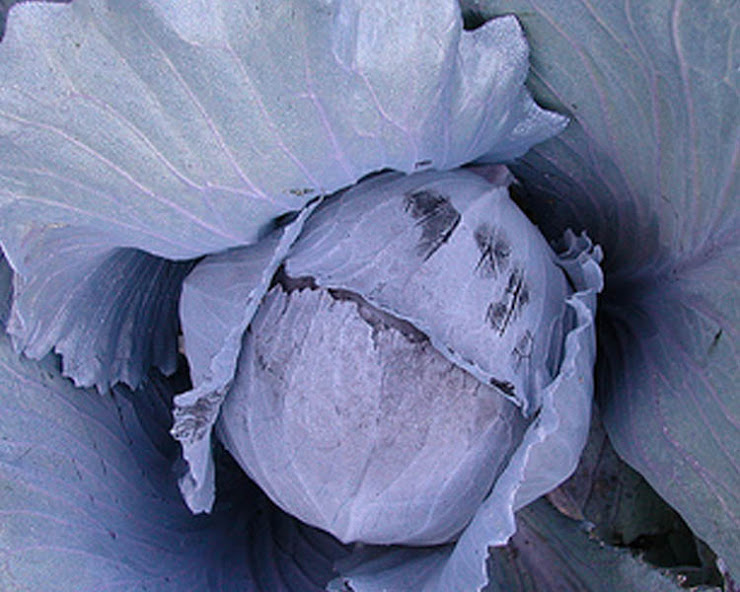The big beet experiment appears to be working! It's such an exciting adventure in which to be apart. The leaves have stretched out and turned into branches, which required an unused tomato cage to contain. As I mentioned in the last post, it is a rewarding experiment, which will become part of the regular garden routine for this garden gal. Seed saving is an integral part of connecting ourselves to our food and our land. Remember that only open pollinated or heirloom varieties produce seed that is true to the "parent" plant.

 The King of the North pepper is also going smoothly, flowers abound and peppers are setting well. Just before taking these pictures I caught a robin picking through the pot to find a big fat worm. A great reminder that when gardening in containers it is very important to keep them well watered. This ensures that the garden helpers who migrate up the drain holes in your containers don't fry in the hot sun, especially in the clay pots. This is another experiment I will repeat. If the King sees fit, I will take him in the house again this fall. I wonder how many years the King has?
The King of the North pepper is also going smoothly, flowers abound and peppers are setting well. Just before taking these pictures I caught a robin picking through the pot to find a big fat worm. A great reminder that when gardening in containers it is very important to keep them well watered. This ensures that the garden helpers who migrate up the drain holes in your containers don't fry in the hot sun, especially in the clay pots. This is another experiment I will repeat. If the King sees fit, I will take him in the house again this fall. I wonder how many years the King has?I wish you great garden success! See you in "The Backyard"!






